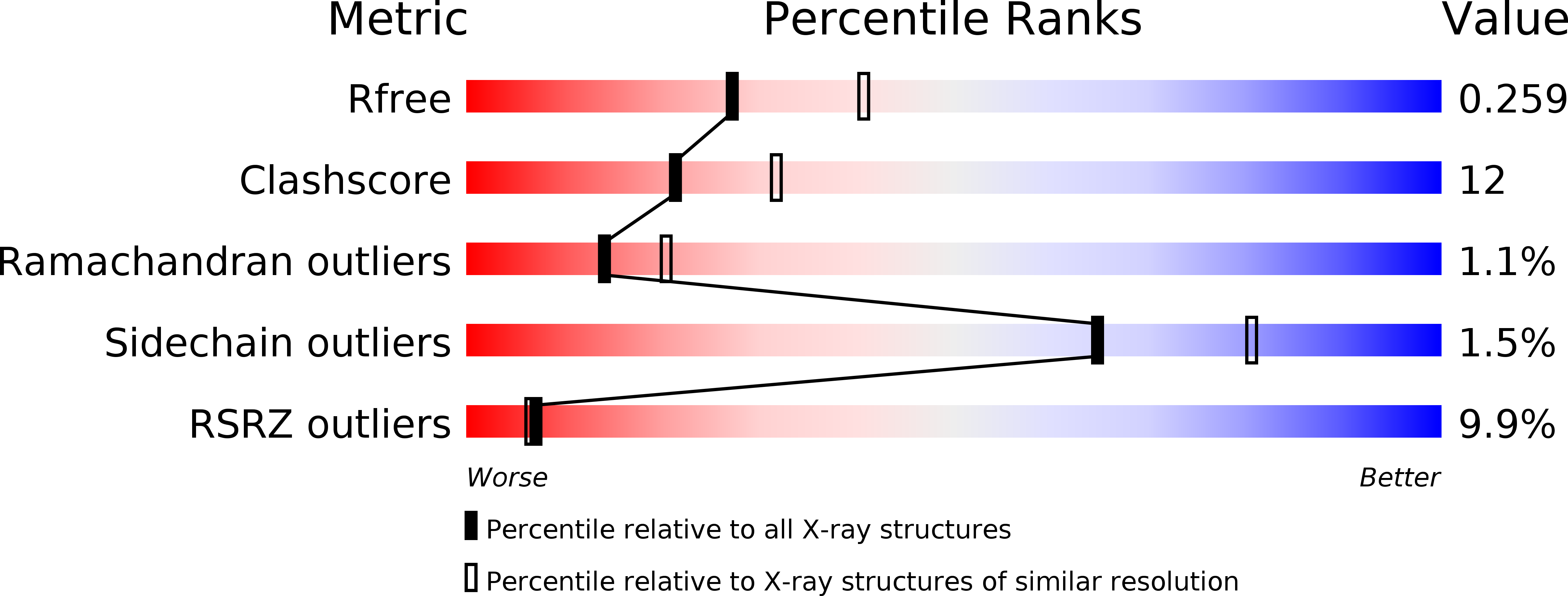
Deposition Date
2005-07-28
Release Date
2005-09-27
Last Version Date
2024-10-30
Entry Detail
PDB ID:
2AHX
Keywords:
Title:
Crystal structure of ErbB4/HER4 extracellular domain
Biological Source:
Source Organism:
Homo sapiens (Taxon ID: 9606)
Host Organism:
Method Details:
Experimental Method:
Resolution:
2.40 Å
R-Value Free:
0.26
R-Value Work:
0.23
R-Value Observed:
0.23
Space Group:
C 2 2 21


